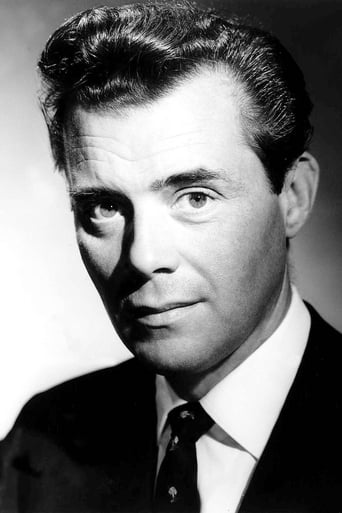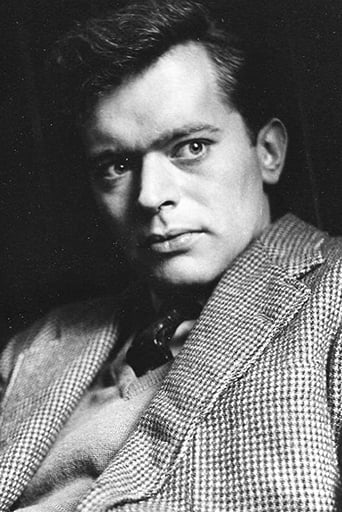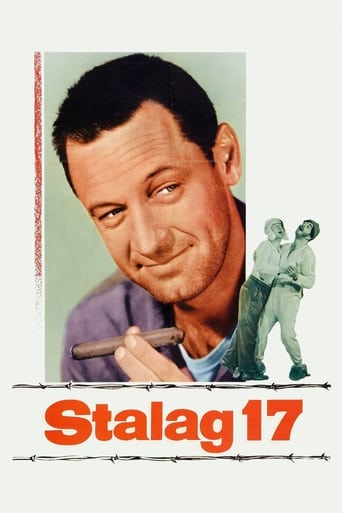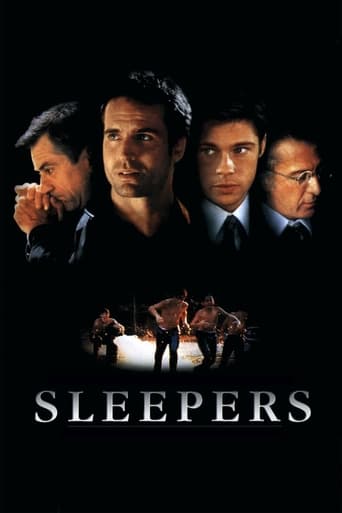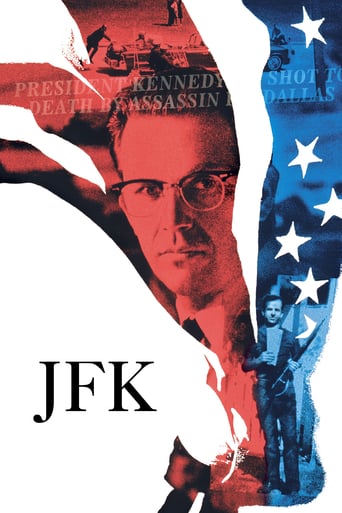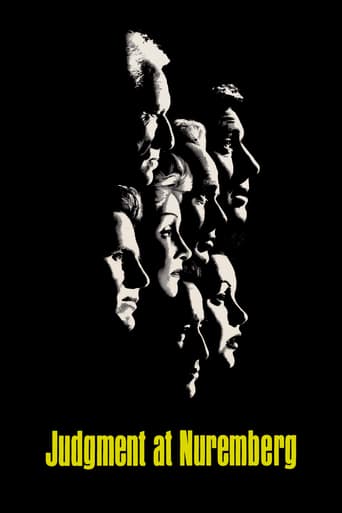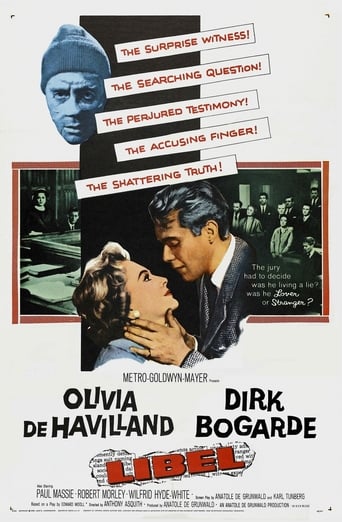

Libel (1959)
A California commercial pilot sees a telecast in London of an interview with Sir Mark Lodden at his home. The Canadian is convinced that the baronet is a fraud, and he is actually a look-alike actor named Frank Welney.
Watch Trailer
Cast
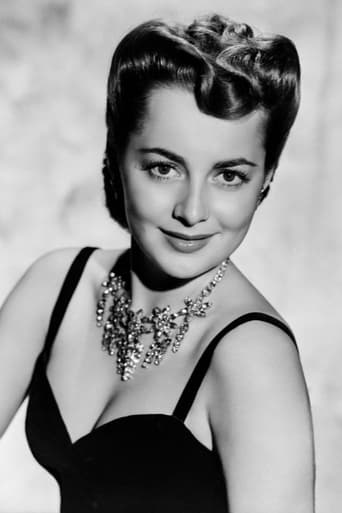


Similar titles
Reviews
This is pretty good. I didn't know until the last few minutes whether Dirk Bogarde was the Fifth Earl Baronet of Chichester-on-Rhymes and Aylesworth House -- or whatever his title and estate were called -- or a lower-echelon con man who had taken his place.Everything is hunky dory for the wealthy English aristocrat who lives happily with his wife, Olivia De Havilland,in his mansion. He's handsome, loving, and friendly, but he suffers from an uncertain memory due to unpleasant war experiences. He's an ex POW who spent a lot of time as an army major in a German prison camp; his companions were the low-brow actor, also played by Bogarde, who resembled him and was good at impersonations, and the Canadian Buckinham, who disapproves of the actor and his pretensions.Years after the war, Buckinham shows up and accuses Bogarde of being NOT the Fourth Earl of Muckle-on-Yare and the Abbey Grange, but of being the ambitious actor instead. The actor presumably murdered the Duke during an escape and took his place, imitating him peerlessly, or rather peerfully.Shanda! Bogarde takes the tabloid paper that printed the accusation to court and sues for libel. We're all rooting for the justification of the Viscount Greystoke because he seems like such a nice guy, but as the trial progresses more and more doubt is cast on his real identity and evidence emerges that suggests he did in fact murder the aristocratic Bogarde, First Baronet of Cumberbatch-on-Treacle, and took his place. Even his loving wife is convinced. Bogarde doesn't help. In the witness box he loses his poise, begins to stutter and sweat, and generally radiates an aura of deceit.I'll leave it at that. The direction is competent, no more than that, but Bogarde is quite good, and De Havilland is as elegant as ever, British in style if not nationality. She came from the family that developed the famous De Havilland Mosquito during the war but was raised on the San Francisco peninsula. She attended the tiny Notre Dame High School in Saratoga, which has (or had until recently) a charming walled-in campus full of tall evergreens.The movie doesn't exactly rush headlong through the narrative -- which is, I understand, taken from an old incident in France. It's not, say, "Witness for the Prosecution." It's less inventive, though hardly more believable. In all, worth catching. Nobody breaks down on the witness stand and cries out, "I DID IT. I DID IT! But I didn't want to kill him; I only wanted to FRIGHTEN him! (Sob.)"
Dirk Bogarde was a marvelous actor, and this is a fine film. But if you insist on believable stories, you won't like it. It's as true to life as an Agatha Christie story, and just as entertaining.The plot is this: An English lord and a penniless scoundrel who looks exactly like him are in the same POW camp during World War II. Years later, another veteran claims the scoundrel actually killed the aristocrat and has been impersonating him ever since. The whole thing winds up in court, putting the aristocrat's wife through some agonizing moments. Finally, when nobody can stand the suspense any longer, the truth is revealed.The idea of someone meeting his exact double is as silly as it is unbelievable, and by the 1950s there were ways to verify whether a living man was the war veteran he claimed to be. So you can't take this seriously. But if you suspend disbelief, you will really enjoy it. Though it's not marketed as a mystery, it's ideal for mystery fans.I had to talk my wife into watching this movie on TCM, because it looked to her like a gloomy psychological drama. Once she started watching, she couldn't turn away (especially when Dirk Bogarde was on the screen). She was still talking about it an hour after it ended. "What if something like that really happened?" she remarked. Well, it wouldn't, but ...
Mediocre film where Dirk Bogarde takes two roles. He is accused of assuming the identity of someone that he has killed. Remember Bette Davis doing this in 1964's "Dead Ringer?" That was so much better.The real acting here is done by Olivia DeHavilland who portrays Bogarde's wife. From all the testimony, it appears that the man she has married has duped her and everyone else. She denounces him but the surprise Alfred Hitchcock-like ending is about the only good thing this film has to offer. The film may be seen by others as somewhat confusing. After all these years, someone from the outfit sees Bogarde on television. This someone knew both gentlemen and observes the way Bogarde is holding his hand. Something seems to be wrong. The stranger confronts Bogarde who naturally denies everything. This shall ultimately lead to the court battle where identity theft is the name of the game.
This movie employs good actors, particularly some of the great English character actors of the time. However, the premise of the plot- one person changing identities with another, ruined the movie for me. What I don't understand, and wish some other movie buff could explain, how do writers get paid for stories when they show an complete lack of basic understanding of the military. Even way back in WWII, English soldiers were fingerprinted, and most soldiers wore their dog tags religiously, particularly those who served in combat. I would imagine a baron would be particularly concerned that his remains arrive back in the family plot. These two facts of military life were never explained. The final insult to our intelligence came when a uniform of a near comatose patient is presented in the court room. Since the war ended in 1945, and the setting of the movie was contempory (1959), 14 years had elapsed. What happened to the soldier's identification tags? What efforts had been made to notify the patient's family? In real life, the question of responsibility would have generated a search to determine whether the patient was a British soldier. The two main characters were captured at the evacuation at Dunkirk, often referred as the Miracle of Dunkirk because 400,000 soldiers did excape. The number of majors captured at Dunkirk would have been relatively small, and if a hospital was stuck with a patient for long term care, it stands to reason a serious effort would be made to determine who their patient was.


